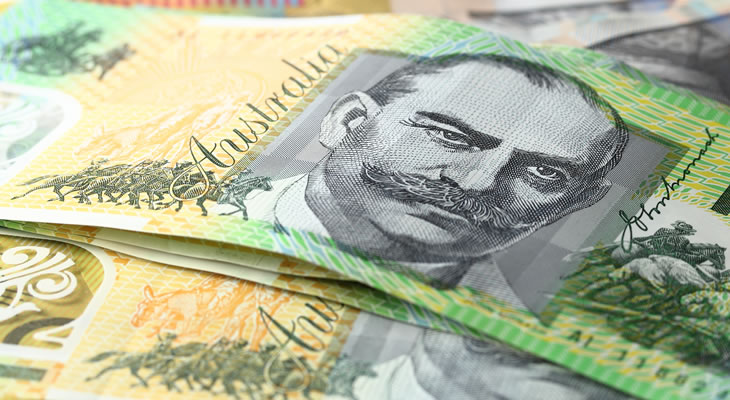The Pound Australian Dollar (GBP AUD) exchange rate continues to struggle today as Brexit fears weigh on the pairing.
Concerns grew as a senior economist from JP Morgan warned that Prime Minister Theresa May’s plans to cut corporation tax, in order to make post-Brexit Britain more attractive to investors will not offset the impact of leaving the EU.
The PM plans to cut corporate tax rates from 20% to 17% by 2020 as she hopes that it will stop companies from relocating to the continent after they lose access to the single market.
However Allan Monks argues that the rate cut will not have the necessary impact, saying;
‘The UK’s corporate tax regime already looks competitive both historically and internationally, further cuts are likely to prove more costly to the Chancellor than before, and the tax rate would, in theory, need to turn negative to combat the shock of an ultra-hard Brexit.’
Sterling also suffered from lacklustre Consumer Confidence figures as Gfk reported that household sentiment in the UK dropped from -5 to -6 in February.
The drop was largely attributed to the pressures placed on personal finances thanks to a rapidly accelerating inflation rate and low wage growth, while the uncertainty of Brexit prompts families to become more cautious towards large expenditures.
However despite a rise in iron ore prices the Australian Dollar was unable to extend its gains against the Pound on Tuesday.
The spot price for benchmark 62% fines rose 2% to $92.33 a tonne on Monday, ending a run of losses last week that saw it fall from a multi-year high of $94.86.
However the rally appears to be based on temporary supply problems in Northern China with analysts predicting that prices will quickly retreat later in the week as evidenced by subdued Chinese Commodity Futures at the end of the Asian trading session on Tuesday.
The Pound is likely to slump against the Australian Dollar again on Wednesday however as Australia’s fourth quarter GDP data is expected to show that Australia’s economy returned to growth at the end of 2016, after a shock contraction in the three months leading to September.
However robust British housing data may help Sterling to minimise its losses if they perform as well as expected.
Current Interbank Exchange Rates
At the time of writing the GBP AUD exchange rate was trending around 1.61 and the AUD GBP exchange rate was trending around 0.61.


Comments are closed.